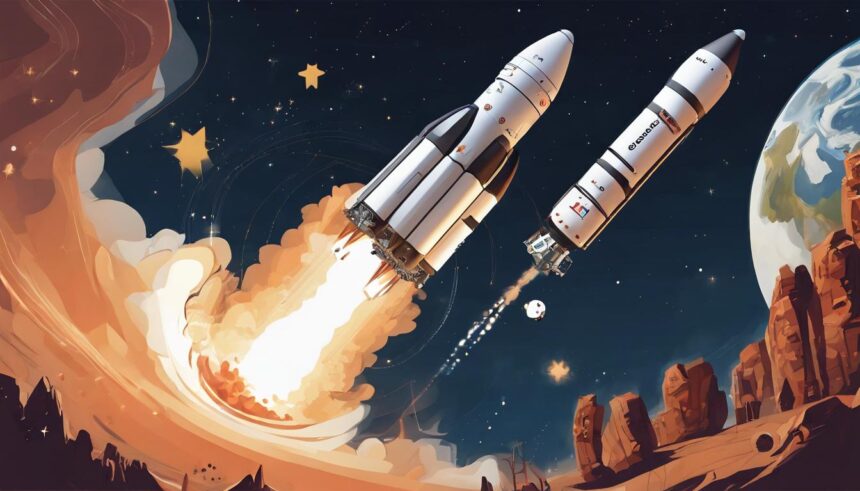Marking another successful collaboration between NASA and SpaceX, the 30th commercial resupply mission has been launched, carrying over 6,000 pounds of cargo for the ISS. This mission is set to further human knowledge and capabilities in space with scientific experiments and technological demonstrations aboard.
In a significant stride towards advancing space science and technology, NASA’s 30th SpaceX commercial resupply mission has successfully launched, marking another milestone in the ongoing collaboration between the space agency and SpaceX. From the Space Launch Complex 40 at Cape Canaveral Space Force Station in Florida, a Falcon 9 rocket propelled the Dragon spacecraft, carrying over 6,000 pounds of essential cargo, into the cosmos at 4:55 p.m. EDT on Thursday, March 21, 2024. This mission underscores the continuous effort by NASA and its partners to expand human knowledge and capabilities in space, maintaining the International Space Station (ISS) as a beacon of international scientific collaboration.
Scheduled to autonomously dock at the space station on Saturday, March 23, at approximately 7:30 a.m., the Dragon spacecraft’s month-long stay at the ISS is packed with objectives. Among its cache of cargo, the spacecraft is bringing pivotal scientific experiments and technological demonstrations, including new sensors for Astrobee robots, the BurstCube satellite, and the Genomic Enumeration of Antibiotic Resistance in Space (GEARS) initiative.
The Astrobee robots’ new set of sensors aims to enhance autonomous 3D sensing, mapping, and situational awareness capabilities. This technology has significant implications for future missions, potentially providing automated maintenance and surface scanning on the Gateway lunar outpost and during lunar surface missions. Such advancements are seen as critical stepping stones towards sustained human and robotic exploration of the lunar surface, part of NASA’s broader Artemis campaign to return humans to the moon and eventually send astronauts to Mars.
Adding to the mission’s scientific accolades, the Dragon will also deliver BurstCube, a compact satellite designed to study gamma-ray bursts resulting from the collision of two neutron stars. This phenomenon not only unleashes immense energy but also sends ripples through the fabric of space-time, known as gravitational waves. The BurstCube aims to extend our observational coverage of the gamma-ray sky, improving the chances of correlating these energetic events with gravitational wave detections, thus opening new windows into the universe’s most cataclysmic processes.
Another critical experiment making its way to the ISS is the GEARS initiative, set to test various locations aboard the space station for antibiotic-resistant microbes. With the potential to perform in-flight gene sequencing, this study seeks to understand how bacteria adapt in the microgravity environment of space. Insights from GEARS could inform strategies to protect astronauts on long-duration space missions, addressing one of the key concerns in human space exploration – health and safety.
These missions, small components of the hundreds of investigations conducted aboard the ISS, play a significant role in pushing the boundaries of what humanity knows about living and working in space. The biological, physical, and Earth and space science research underway aboard the orbiting laboratory paves the way for the sustainable expansion of human presence beyond low Earth orbit. Outcomes and advancements from these experiments are crucial in preparing for future human and robotic exploration missions to the Moon, Mars, and potentially beyond.
With the public’s interest in space exploration rekindled, NASA and SpaceX continue to provide updates and live coverage of their missions, fostering a growing community of space enthusiasts and researchers alike. As humanity stands on the cusp of new exploratory feats, missions like this 30th SpaceX resupply launch serve as vivid reminders of the collective efforts and relentless curiosity that drive us to explore the unknown.





